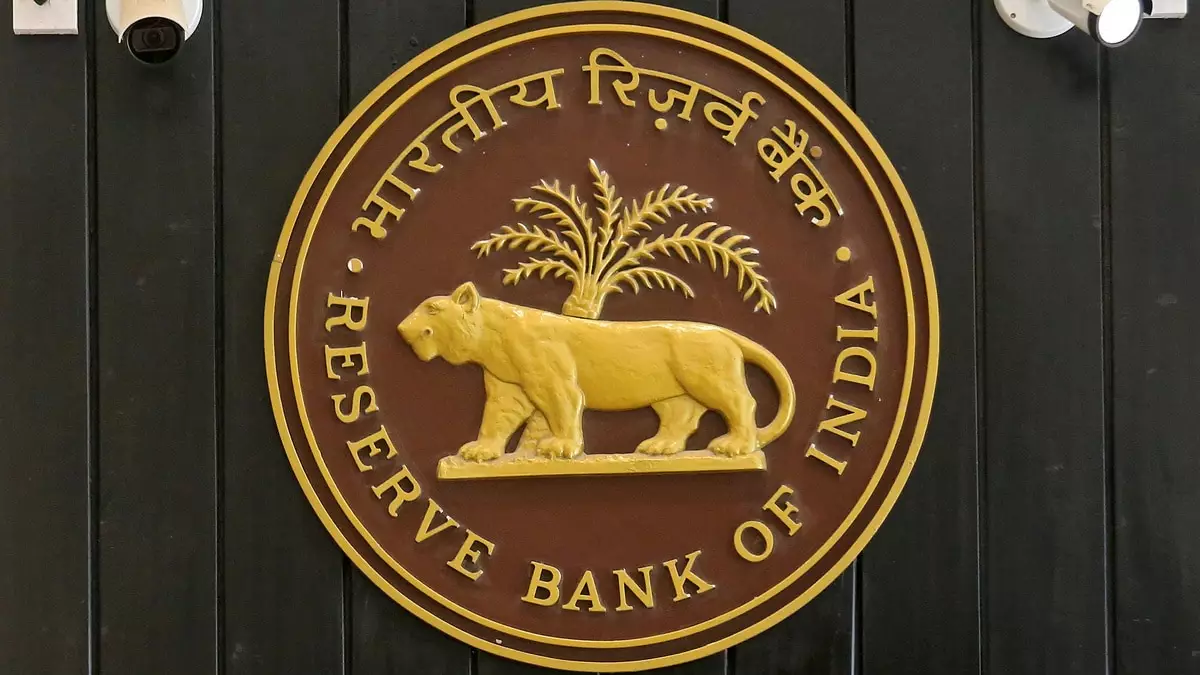On December 30, 2023, the Reserve Bank of India (RBI) unveiled its Financial Stability Report for 2024, shedding light on a controversial yet emerging trend in finance: asset tokenization through blockchain technology. This report has sparked discussions about the implications of digital finance innovations on traditional banking systems, highlighting both potential benefits and substantial risks. As we delve into the RBI’s observations, it is crucial to critically analyze this dual-edged innovation that seeks to unite the traditional and decentralized financial ecosystems.
At the core of asset tokenization lies the idea of transforming physical assets—such as real estate, stocks, or even bank deposits—into digital tokens that exist on a blockchain. Each token represents a fraction of the underlying asset, offering an intriguing way to enhance liquidity and broaden market access. The RBI recognized this shift, suggesting that the practice could deepen ties between conventional finance and the burgeoning decentralized finance (DeFi) sector, thereby creating a more interconnected financial landscape.
However, while the potential for increased liquidity is promising—allowing asset owners to sell portions of their holdings without losing their functional value—the RBI also forewarned about vulnerabilities. The bank pointed out that although asset tokenization promises greater accessibility, it also opens avenues for liquidity issues, maturity mismatches, and operational risks. These vulnerabilities could ultimately undermine the stability of existing financial systems, particularly as the technology continues to evolve and regulatory frameworks lag behind.
The RBI’s caution serves as a sober reminder that innovation is often accompanied by unforeseen challenges. Despite the current infancy of asset tokenization, the implications of Distributed Ledger Technology (DLT) must be critically assessed. The bank emphasized that these vulnerabilities could escalate if tokenization becomes widely adopted without robust regulatory oversight. This is particularly concerning in a financial environment known for its volatility and complexity.
Critics argue that the push for asset tokenization could be premature, especially given the lack of comprehensive regulations governing the crypto sphere. The RBI’s report underscores an essential point: financial stability should not be sacrificed for the sake of innovation. Furthermore, the inherent volatility of cryptocurrencies could amplify the risks associated with asset tokenization, suggesting that the integration of these technologies into traditional systems requires careful navigation.
While the allure of asset tokenization captures attention, the RBI’s evaluation of cryptocurrencies paints a more cautious picture. The bank reiterated concerns about the macroeconomic risks posed by the widespread adoption of digital currencies. Citing a synthesis paper from the International Monetary Fund and Financial Stability Board, the RBI highlighted significant threats, such as the potential to undermine monetary policy, exacerbate fiscal concerns, and complicate capital flow management.
This stance resonates with a broader skepticism toward cryptocurrencies, reflecting a global sentiment rooted in concerns around financial stability. Yet, despite these warnings, the RBI acknowledged a paradox: an increasing trend of traditional financial entities engaging with crypto assets. This duality signifies a growing recognition of the crypto sector’s pertinence, yet it raises questions about how financial institutions can embrace innovation while maintaining systemic stability.
As the world anticipates significant regulatory changes, particularly in the United States, the RBI faces a pressing challenge in formulating a coherent regulatory strategy for cryptocurrencies and asset tokenization. The absence of a defined regulatory trajectory within India may hinder the country’s competitive edge in the global fintech landscape. Countries that proactively develop regulations may attract innovation and investment while balancing the need for security and stability.
While the RBI’s Financial Stability Report offers valuable insights into the evolving landscape of asset tokenization and cryptocurrencies, it simultaneously raises critical questions about the future of finance. The interplay of innovation and stability requires ongoing vigilance and adaptive regulatory frameworks that can accommodate emerging technologies without compromising the foundational principles of the financial system. As we stand on the brink of a new financial era, striking this balance will be paramount to ensuring a stable and robust economic future.

